Coronavirus Pandemic: A Visual Guide to Prevention and Safety Measures
"COVID-19 Pandemic: A Comprehensive Guide for Community Awareness"
In the wake of the unprecedented global health crisis caused by the novel coronavirus (SARS-CoV-2), the World Health Organization (WHO) has declared the outbreak a pandemic, necessitating a collective and concerted effort from all corners of the world to contain its spread and mitigate its impact. This English-language poster aims to serve as a comprehensive guide, raising awareness among communities on the basics of the COVID-19 pandemic, preventive measures, and the importance of collective responsibility in this time of crisis.
Understanding COVID-19: The Virus
COVID-19, an acronym for Corona Virus Disease 2019, is an infectious disease caused by a virus belonging to the family of coronaviruses. These viruses are known for their ability to infect both animals and humans, with some strains causing illnesses ranging from mild to severe. COVID-19 was first identified in late 2019 in Wuhan, China, and has since spread globally, posing a significant threat to public health.
The primary mode of transmission is through respiratory droplets produced when an infected person coughs, sneezes, or talks. These droplets can land in the mouths or noses of nearby individuals, leading to infection. Additionally, indirect contact with contaminated surfaces and then touching one's face increases the risk of transmission.
Symptoms and Severity
The symptoms of COVID-19 vary greatly among individuals, ranging from mild to severe. Common symptoms include fever, dry cough, fatigue, and loss of taste or smell. Some may experience more severe symptoms such as difficulty breathing, chest pain, and loss of consciousness. The elderly and those with pre-existing conditions like diabetes or heart disease are more vulnerable to severe illness.
It's crucial to note that even individuals who do not exhibit symptoms can spread the virus, making it difficult to contain the spread. Asymptomatic transmission underscores the importance of universal precautions and social distancing measures.
Preventive Measures: A Collective Responsibility
1、Social Distancing: Maintaining a physical distance of at least 6 feet (2 meters) between oneself and others is a crucial measure to reduce the risk of infection. This includes avoiding crowded places and large gatherings.
2、Mask-Wearing: Wearing a face mask in public places, especially when social distancing is challenging, can significantly reduce the spread of respiratory droplets. It's essential for everyone to wear masks, but especially those who are sick or have been in close contact with someone infected.
3、Hand Hygiene: Frequent hand washing with soap and water for at least 20 seconds or using an alcohol-based hand sanitizer (with at least 60% alcohol) is vital in preventing the virus from spreading. Avoid touching your face with unwashed hands.
4、Staying Home: If you feel unwell, even with mild symptoms such as a cough or fever, stay home and isolate yourself from others until you receive a medical diagnosis or are no longer symptomatic. This simple act can prevent further transmission within communities.
5、Cleanliness and Disinfection: Regularly clean and disinfect frequently touched surfaces like doorknobs, handles, and countertops using a diluted bleach solution or a product approved by the Environmental Protection Agency (EPA).
6、Vaccination: Vaccination is one of the most effective ways to prevent severe illness and reduce hospitalizations caused by COVID-19. As vaccines become available, getting vaccinated according to local guidelines is crucial for building herd immunity and protecting vulnerable populations.
The Role of Communities in Combating COVID-19
Communities play a vital role in flattening the curve of this pandemic by adhering to preventive measures and supporting each other during this challenging time. This includes:
Information Sharing: Sharing accurate and reliable information about COVID-19 through trusted sources like WHO and local health authorities. Misinformation can lead to panic and undermine public health efforts.
Supporting Vulnerable Populations: Communities should prioritize the well-being of the elderly and those with pre-existing conditions by providing them with essentials like groceries and medications while maintaining social distancing guidelines.
Businesses and Workplaces: Encouraging businesses to adopt flexible work arrangements, such as remote work where possible, and implementing strict hygiene protocols within their premises. This not only protects employees but also minimizes the risk of transmission in public spaces.
Mental Health Awareness: The pandemic has taken a toll on mental health as well. Communities should prioritize mental wellbeing by providing access to counseling services, hotlines, and promoting coping strategies during this stressful time.
Conclusion: A Global Effort Against COVID-19
The COVID-19 pandemic is a reminder that we are all interconnected and that our actions have far-reaching consequences. The success in containing this pandemic depends on each individual's commitment to preventive measures and collective responsibility within our communities. By adhering to the guidelines outlined in this poster—social distancing, mask-wearing, hand hygiene, staying home when ill—we can significantly reduce the spread of the virus and protect ourselves, our loved ones, and our communities from its devastating effects. Remember, every action counts in this global effort against COVID-19.

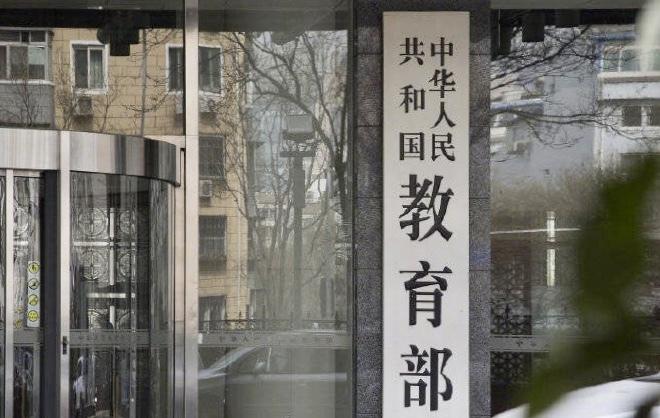
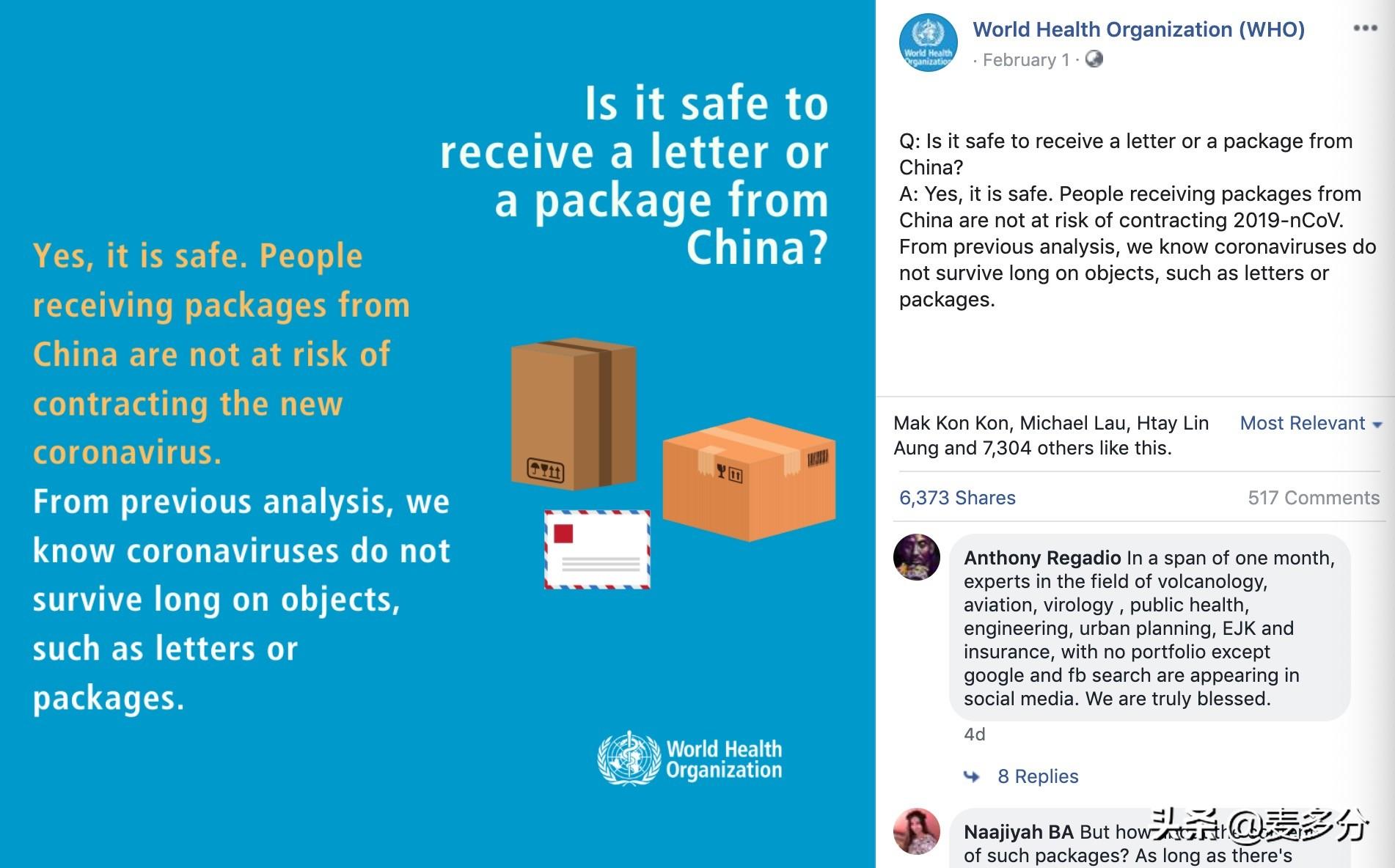
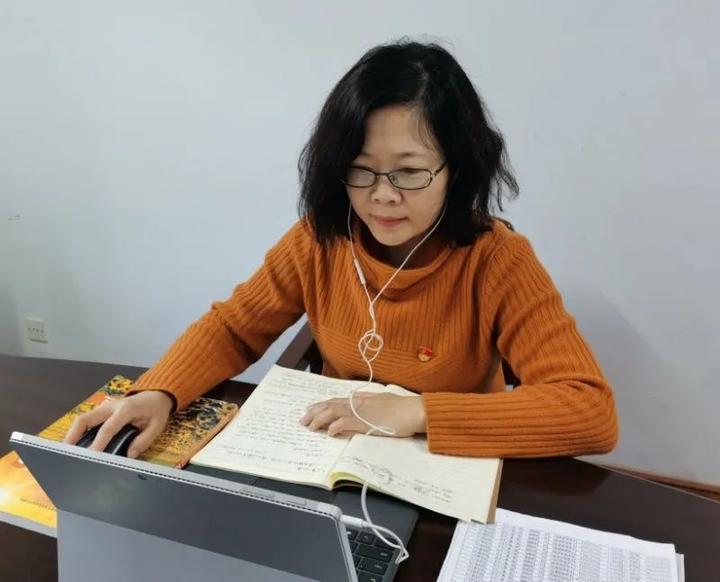
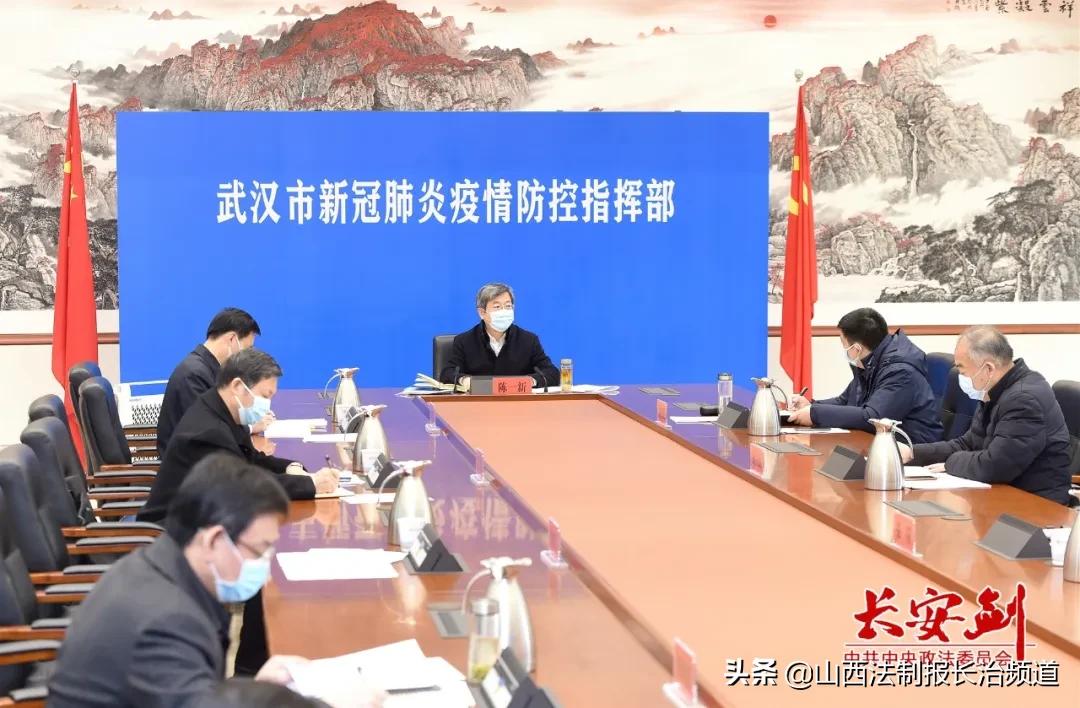
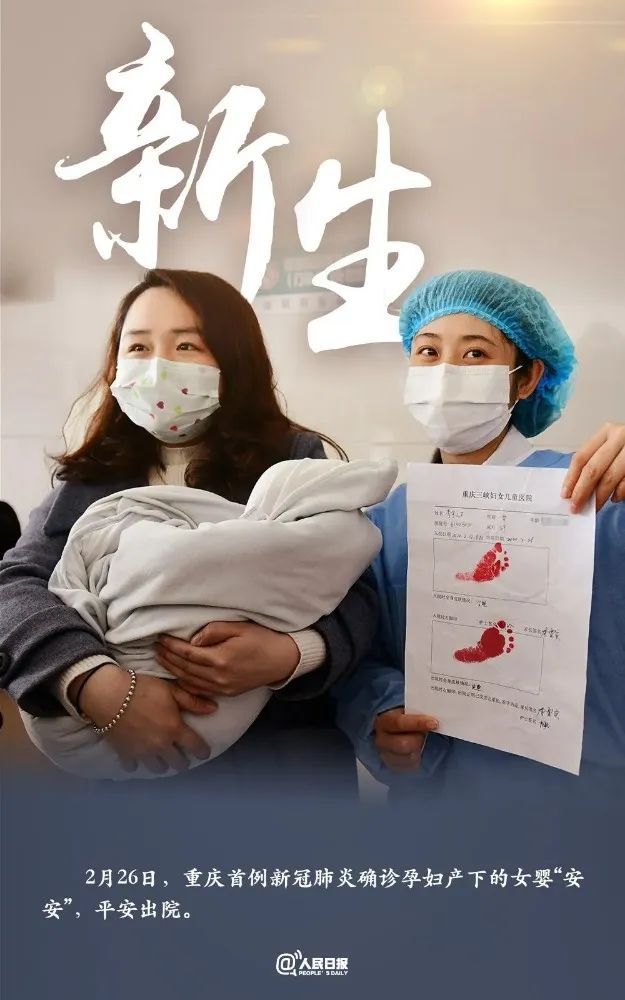

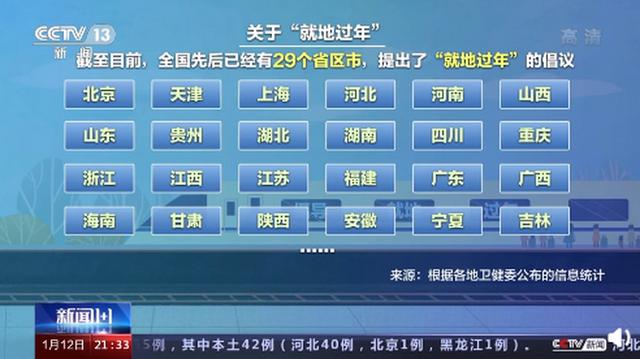
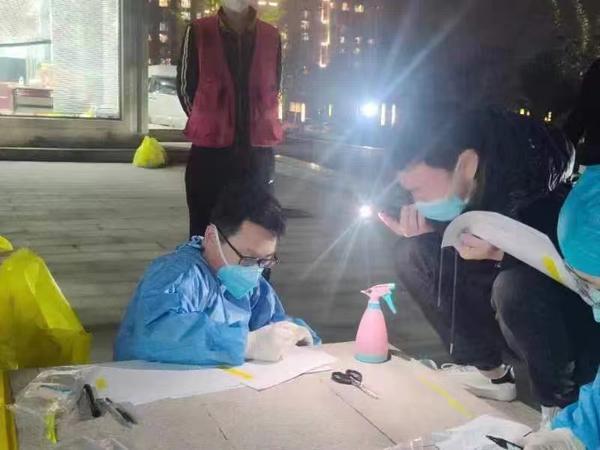
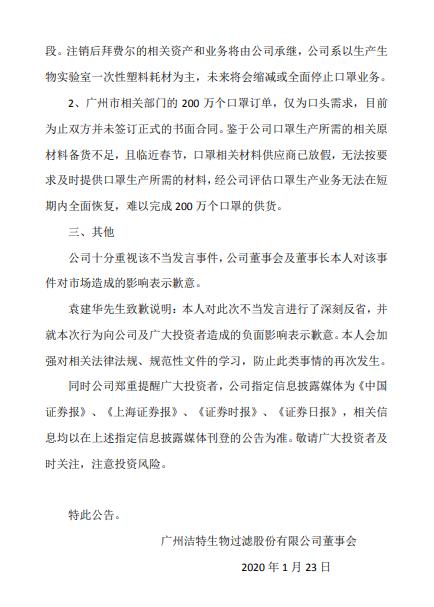

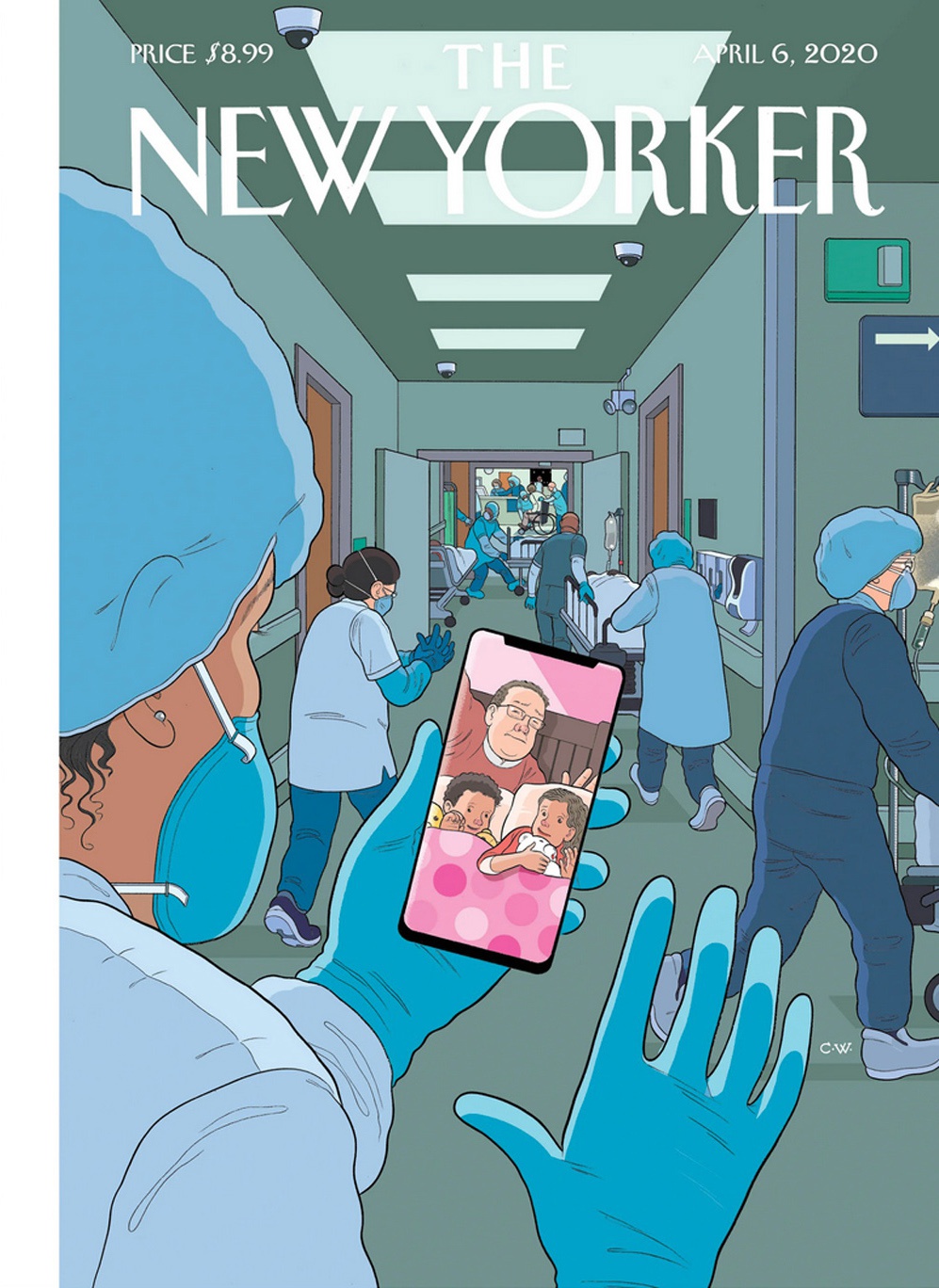
 京ICP备11000001号
京ICP备11000001号
发表评论